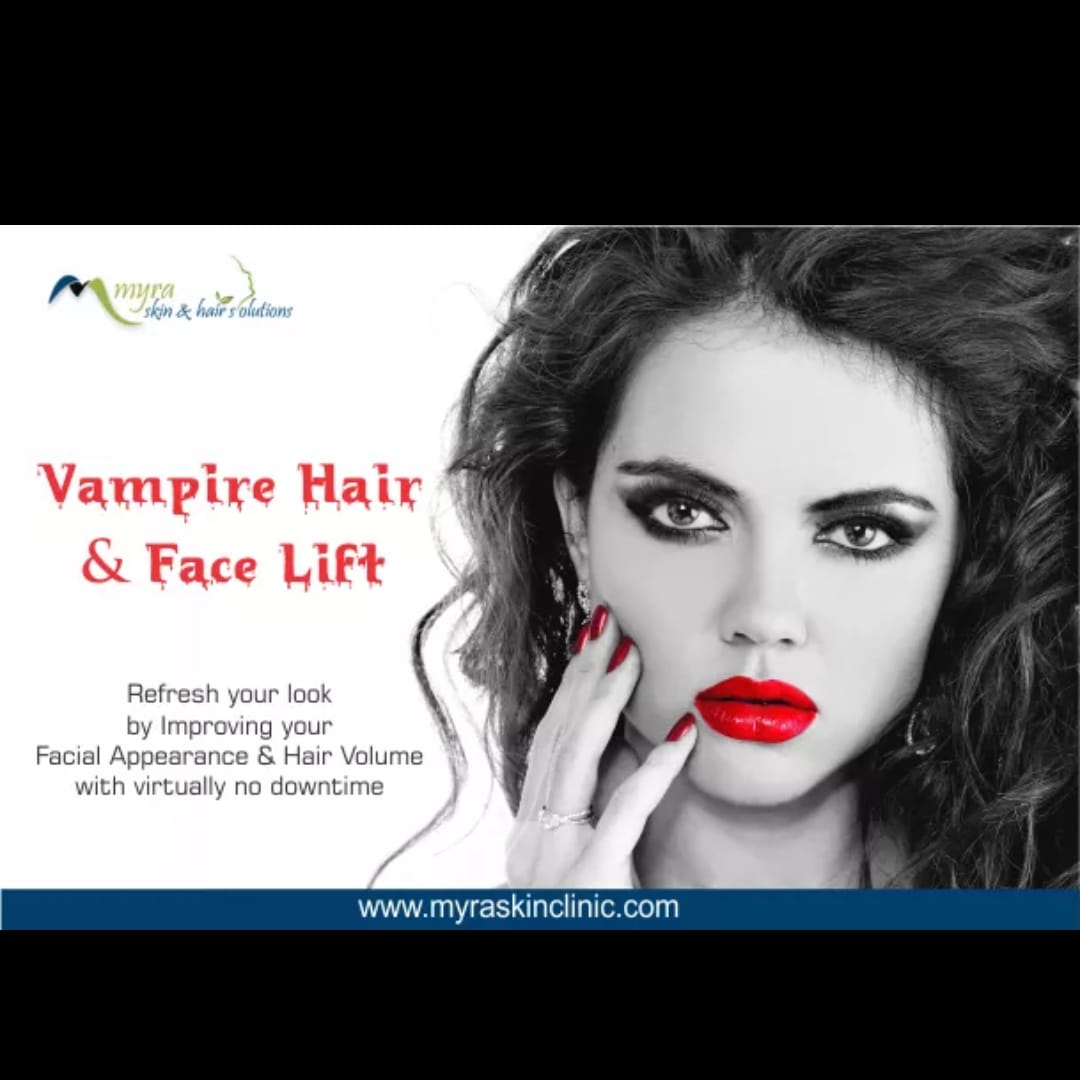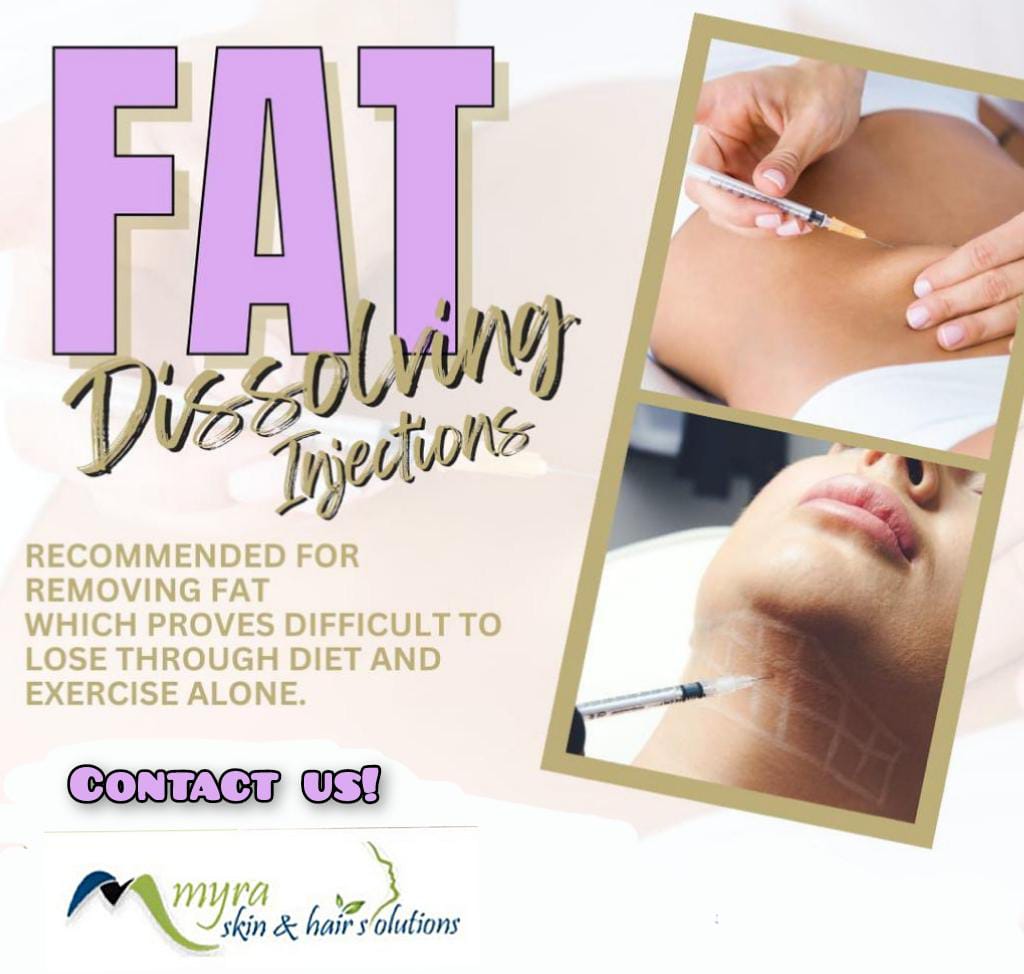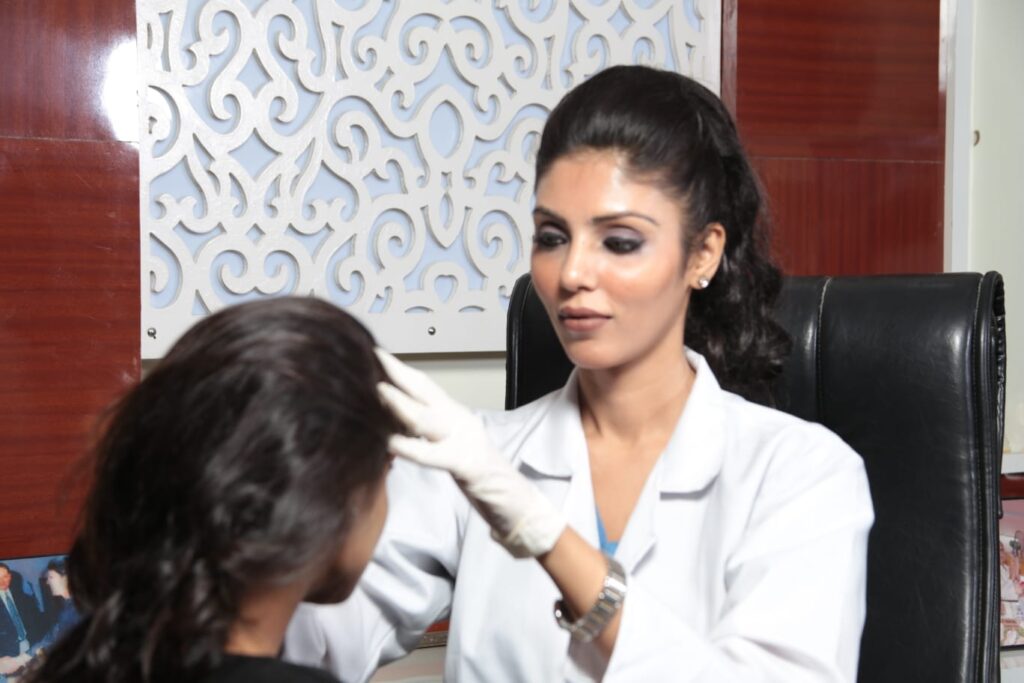
The definition, advantages, aftercare, and other details of platelet-rich plasma.
There are lots of amazing cosmetic procedures that can change your skin in ways that conventional skincare products can’t. Platelet Rich Plasma, or PRP, is a treatment that has gained a lot of popularity because to its many advantages and capacity to employ our bodies’ inherent growth and healing processes.
Do you need to get PRP treatment? What advantages do PRF and PRP offer? We’ll go over all of that and more in this guide so you can decide if this treatment is worth it for your skincare requirements.
PRP: What is it?
Let’s start by outlining the science underlying PRP. Your blood contains cells called platelets, which aid in supplying the body with nutrition and growth substances that encourage the development of new cells.
The procedure known as platelet-rich plasma therapy employs platelets that are extracted from your body to promote the growth of new cells where they are needed.
A tiny amount of blood is drawn by a specialist for PRP. The platelet-rich plasma is then separated from the remainder of your blood by spinning that blood in a specialized device known as a centrifuge. The targeted locations are then injected with this concentrated solution, usually the scalp for hair regrowth and the face for skin renewal.
The high concentration of growth factors in platelet-rich plasma helps the body produce collagen and elastin and promotes the body’s natural healing process to repair and restore tissue. Anticoagulants are frequently used to make PRP tubes for blood collection, and sometimes other ingredients like biotin are added as well. When combined with the plasma, these chemicals can improve outcomes.
PRP for hair repair
As previously said, PRP is not a one-trick pony. Hair restoration is another application for it. Numerous reasons, especially in old age, can cause hair loss. Hair loss can be brought on by medication, stress, hormonal changes (such as during pregnancy or menopause), and other inherited diseases.
Many of these are uncontrollable, thus hair loss is unavoidable. For people who are having trouble growing their hair back in specific spots or overall, PRP hair restoration is a terrific way to increase confidence.
The procedure for injecting PRP into the face is comparable. The afflicted area of the scalp receives an injection of platelet-rich plasma cells. By lowering hair loss, fortifying the hair follicle, and igniting dormant follicles, the plasma encourages growth, renewal, and healing.
Numerous research on this treatment have revealed that a higher platelet concentration in PRP has more noticeable benefits on hair follicle diameter, terminal hair density, and hair density.
PRP for hair loss can stop hair loss and encourage the growth of new hair when these injections are performed on a regular basis. Additionally, it can help stimulate hair development in individuals who have received hair transplants.
In relation to hair transplants, is PRP more successful? PRP is unquestionably less intrusive and more economical. Compared to a hair transplant, it also has less recovery time, so you can resume your regular activities sooner. However, a hair transplant might be a better option, depending on how severe the hair loss is.
To decide whether PRP or a hair transplant is the best option, it’s important to consider your options and how much of the damaged area will require treatment.
What steps are included in PRP therapy?
Compared to other treatments, PRP therapy offers a less invasive technique. If you’re only focusing on a few regions at a time, it’s also less expensive.
It’s helpful to understand PRP and whether it’s the proper technique for you in order to be completely prepared for it.
As previously stated, the customer obtains the blood, which is usually taken from the arm, much like any other blood taken for medical treatment. Following a high-speed spin of the blood in the centrifuge, the heavier red blood cells are drawn to the tube’s bottom, leaving a layer of lighter plasma at the top that is simple to remove with a syringe. PRP is re-administered via microneedling or injection.
Does anyone have an inability to receive PRP treatments?
Checking your eligibility for this operation is crucial, just like with any other treatment. Because of their health issues, certain clients may not be the greatest candidates for PRP treatments.
In addition to the standard contraindications, the following people should not get PRP:
- Receiving therapy for cancer
- Low volume of blood
- low number of platelets
- Bleeding conditions
- Individuals on anticoagulant drugs
Because this treatment depends on the quality of your body’s own platelets, patients should be informed that certain behaviors, such as smoking and drinking alcohol, may have a detrimental impact on the outcome. The effectiveness of the treatment will be increased by eating a balanced, healthful diet and drinking plenty of water.
What might one anticipate following a PRP treatment?
It’s usually helpful for those looking for cosmetic procedures to know how long a procedure like PRP will take to complete and what to anticipate after it’s finished.
The patient may have some discomfort, bruising, and edema, as with any injection. As long as it goes away in a few days, this is normal and shouldn’t cause any concern.
You may experience a redness in your skin that feels and looks like sunburn if this treatment is paired with microneedling. Usually, this lasts for 24 to 48 hours.
It will take some time for PRP to start showing results. It often takes four to six weeks to observe the initial effects of the treatment. The outcomes will change more as you have more sessions.
This treatment is best started with one session each month for three to four months. To sustain the outcomes over time, annual maintenance treatments are also beneficial.
In conclusion
PRP is a revolutionary treatment that promotes the body’s innate capacity to produce collagen and skin suppleness. It might be an excellent way to promote regrowth in places that require it in cases of hair loss.
This is a worthwhile therapy if you’re searching for anything that can improve your appearance and confidence. In addition to being reasonably priced, it is also minimally invasive and may work better than other pricy and intrusive therapies available.






